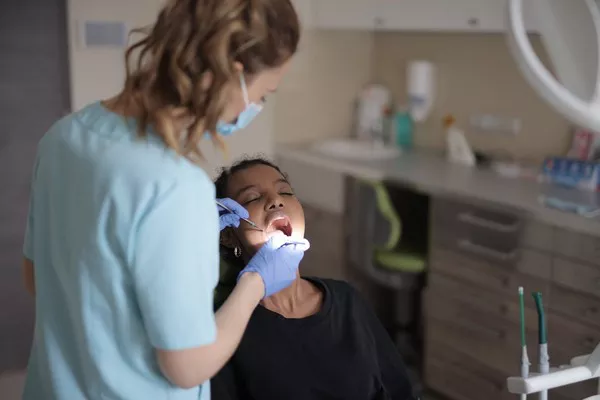A confident smile can have a transformative effect on one’s appearance and self-esteem. For individuals with severely misaligned teeth, surgical intervention may be necessary to achieve optimal results. However, the decision to undergo orthognathic surgery for tooth straightening often comes with concerns about the associated costs. In this article, we will explore the factors that influence the cost of surgically straightening teeth while shedding light on the various expenses involved.
Understanding Orthognathic Surgery:
Orthognathic surgery, also known as corrective jaw surgery, is a specialized procedure performed by oral and maxillofacial surgeons to correct severe jaw and dental irregularities. It involves repositioning the jawbones to achieve proper alignment and improving facial aesthetics and function. This transformative surgery is typically undertaken when traditional orthodontic treatments alone cannot address the underlying issues.
Factors Affecting the Cost:
Several factors contribute to the overall cost of surgically straightening teeth. These include:
Geographic Location:
The cost of orthognathic surgery can vary significantly depending on the region and country where the procedure is performed. Areas with a higher cost of living generally have higher surgical fees and associated expenses.
Surgeon’s Expertise:
The skill and experience of the oral and maxillofacial surgeon play a crucial role in determining the cost. Surgeons with a stellar reputation and extensive training may charge higher fees due to their expertise.
Anesthesia and Hospital Charges:
Orthognathic surgery is typically performed under general anesthesia in a hospital setting. The cost of anesthesia, hospital stay, and related services are additional factors that contribute to the overall expenses.
Pre and Post-Surgical Orthodontics:
Orthodontic treatment, including braces or aligners, is often a prerequisite for orthognathic surgery. The costs associated with pre-surgical orthodontics and post-surgical orthodontic maintenance should be considered when evaluating the total expenditure.
Diagnostic Tests and Imaging:
Comprehensive diagnostic tests such as X-rays, dental models, and three-dimensional imaging are imperative for accurate treatment planning. These tests incur additional costs that must be factored into the overall budget.
Average Costs Involved:
While it is challenging to provide an exact figure for the cost of surgically straightening teeth, given the variations in individual cases, geographical locations, and healthcare systems, we can explore approximate ranges:
Surgeon’s Fees:
The surgeon’s fees can range from $5,000 to $15,000 or more, depending on their expertise and reputation. It is important to note that this fee often does not include other related expenses.
Hospital Charges:
Hospital charges typically range from $10,000 to $30,000 or more, encompassing operating room fees, anesthesia costs, and hospital stay expenses.
Orthodontic Treatment:
Pre-surgical orthodontic treatment can vary in duration and complexity, impacting the associated costs. This may range from $3,000 to $8,000 or more.
Additional Costs:
Additional expenses such as diagnostic tests, follow-up appointments, prescription medications, and post-surgical orthodontic maintenance can add several thousand dollars to the overall cost.
Insurance Coverage and Financing Options:
It is crucial to consult with your insurance provider regarding coverage for orthognathic surgery. Some insurance plans may cover a portion of the surgical and orthodontic fees if the procedure is deemed medically necessary rather than purely cosmetic.
If insurance coverage is limited or unavailable, many oral and maxillofacial surgeons offer financing options to assist patients in managing the costs. Monthly payment plans, credit lines, and medical loans are some options to consider.
Conclusion:
Surgically straightening teeth through orthognathic surgery can be a life-changing decision for individuals with severe dental irregularities. While the cost can vary depending on various factors, it is important to consider the long-term benefits and improved quality of life that this procedure can offer.
When evaluating the cost, potential patients should consult with qualified oral and maxillofacial surgeons to obtain a personalized treatment plan and an accurate estimate of the associated expenses. By thoroughly understanding the factors influencing the cost, individuals can make informed decisions and explore available financing options, ensuring that their dream smile becomes a reality.
Remember, investing in your oral health and overall confidence is priceless, and the financial commitment involved should be viewed as an investment in yourself.
Related Topics:





























